How To Get Rid Of Weeds Between Pavers Permanently – 8 Best Methods For A Weed-Free Patio
Battling weeds between pavers can feel like an endless chore, but we have gathered our best patio weed control methods to make the task a little easier on you.

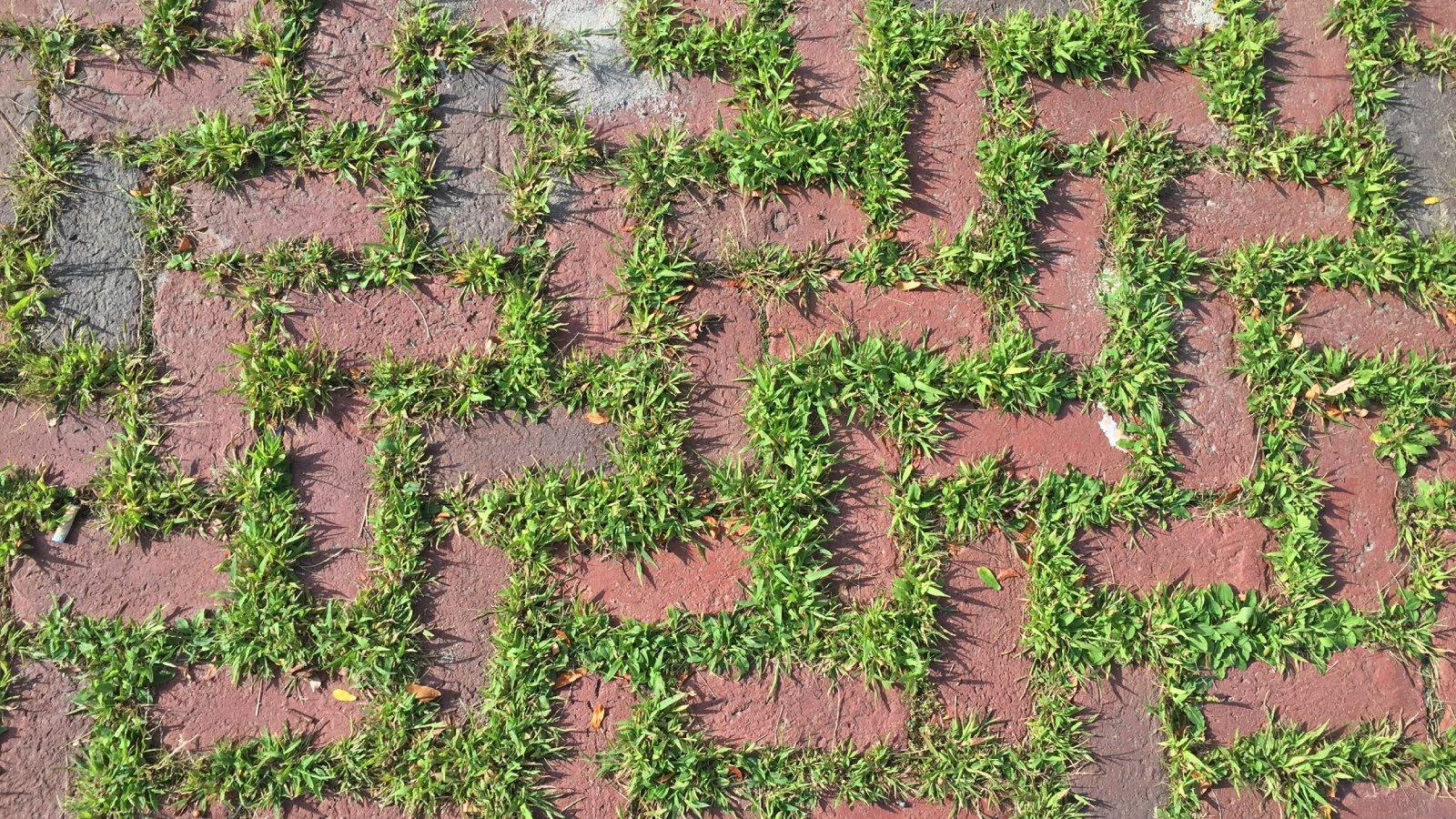
There are many frustrating things in the world, but one of the biggest is how to get rid of weeds between pavers permanently. This is especially difficult for organic gardeners who eschew chemicals on their property.
Inaccessibility is the problem when you try to kill weeds between pavers. Sometimes it is hard to manually get to the root with a trowel, garden fork, or even a hori hori knife.
A few clever gardeners have done battle with a weed using odd implements like butter knives or flathead screwdrivers, but these can’t reach the root effectively. To successfully get rid of weeds in tight spaces, you may need to try chemicals, manual removal, a flame weeder, or a combination of things.
1. Manually
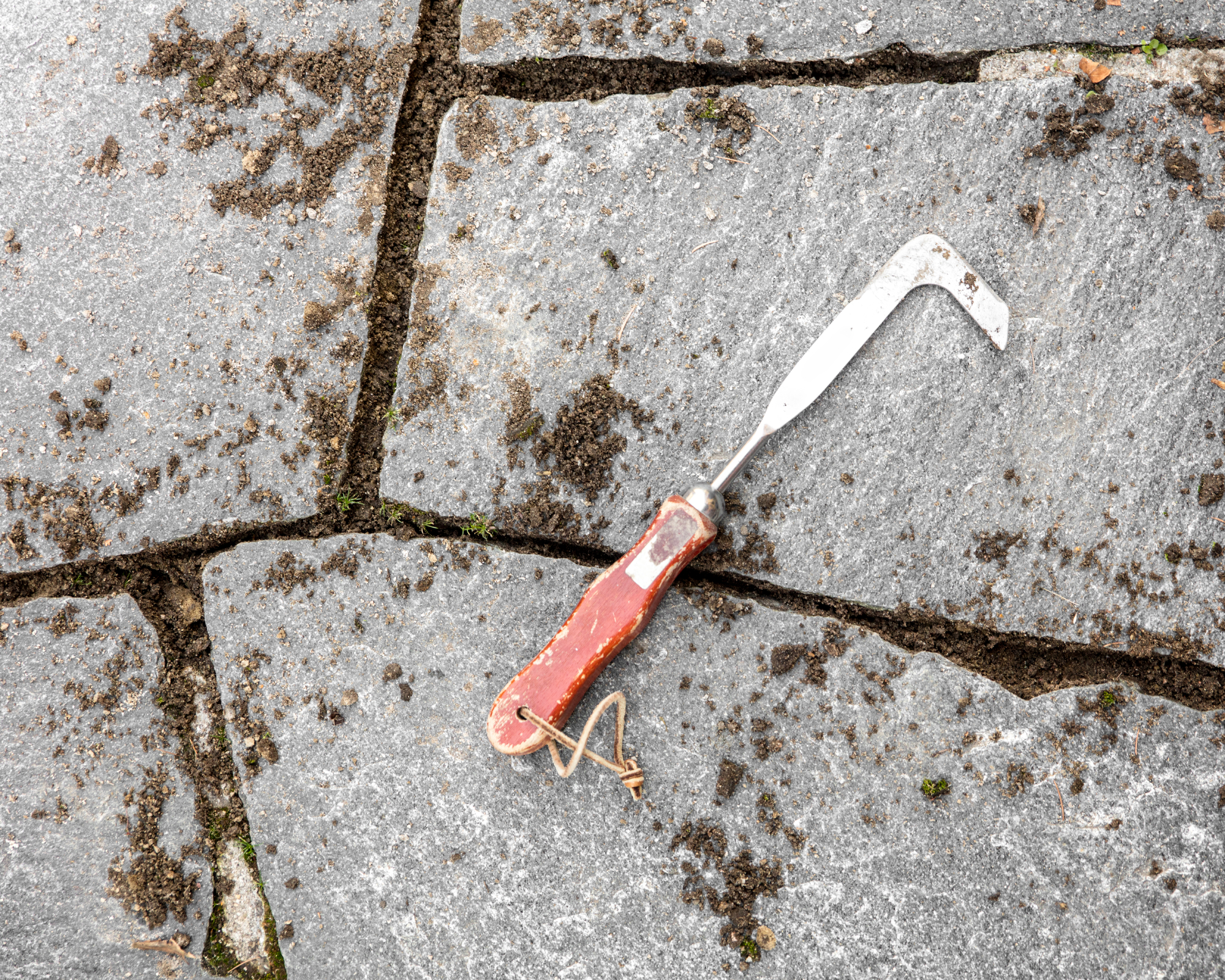
There are crack weed cutters on the market that have a slender edge and curved blade. These can slip into tight spots and get at the weed very effectively. This crack weeder from Amazon has 4.4 stars out of almost 7,000 reviews.
If you are not able to get the weed, don’t worry. Repeated removal of the foliage will eventually drain the plant of all energy, and the root will die. You can also try using a screwdriver to go after tough weeds or a soil knife.
2. Flame Weeder
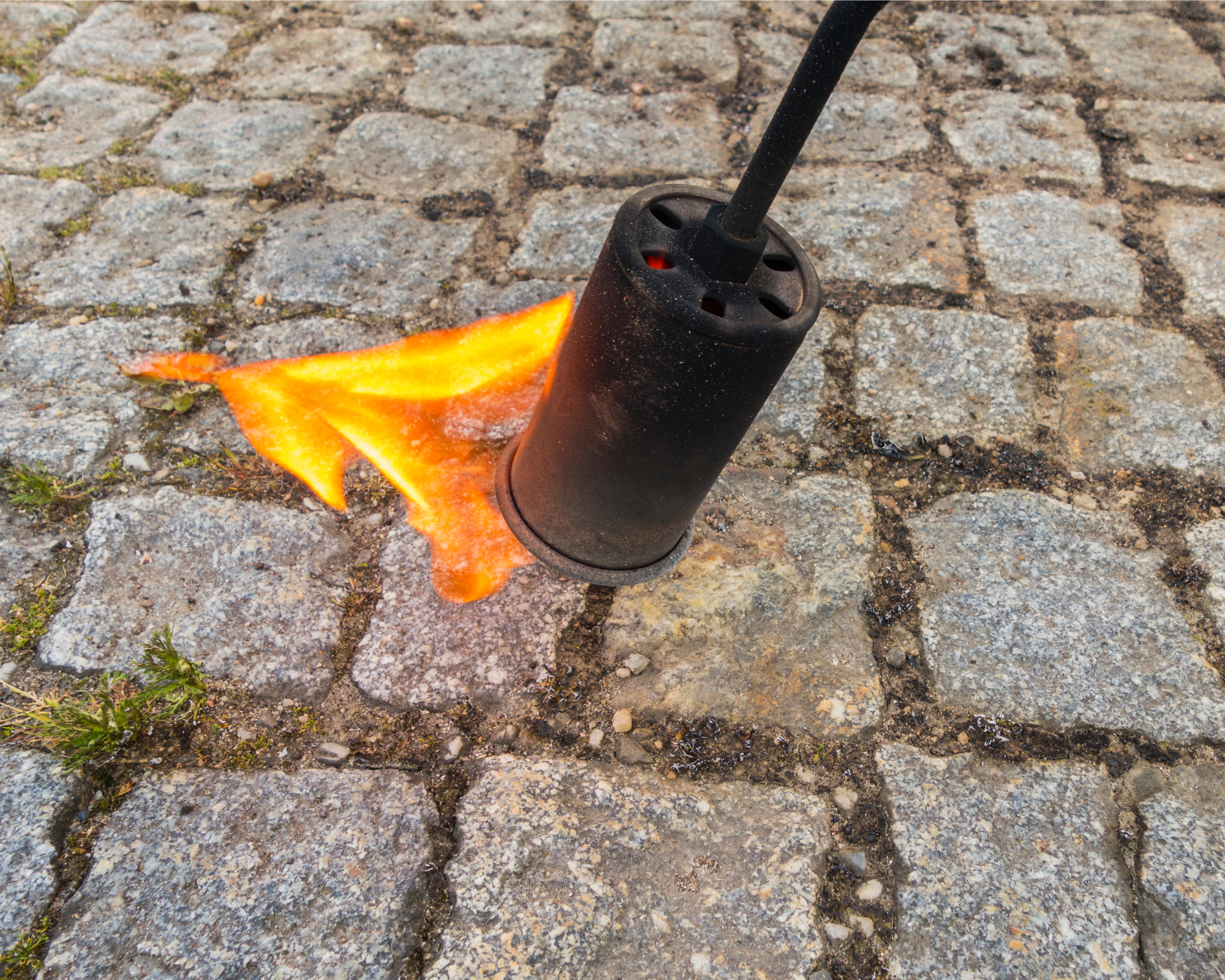
Flame weeding is effective on broadleaf weeds. There are both propane and electric models. They are easy to use, just ensure there is a water source nearby. The flame will burn away the exposed part of the leaf, and with shallow-rooted plants, burn the root. Attach your normal propane tank to a weed torch from Flame King on Amazon and get weeding.
The trauma to the plant often kills it. For many perennial and tap-rooted plants, this is not an effective weed removal method. Be sure to wet down the weeds with your hose before using the flame weeder to reduce the likelihood of causing a fire. Also make sure to have your hose and a fire extinguisher nearby.
Sign up for the Gardening Know How newsletter today and receive a free copy of our e-book "How to Grow Delicious Tomatoes".
3. Black Plastic or Landscape Fabric
These materials can smother or solarize weeds. Killing weeds with black plastic harnesses solar heat, heats up the weeds and pavers and kills the weeds. The landscape fabric will mostly smother the weeds in the site, and is a useful way to prevent more weed seeds from colonizing the area.
4. Boiling Water

Simply putting the kettle on and using that boiling water can kill weeds. Boil the water and pour it over the weed, saturating it thoroughly and quickly. This process will have to be repeated many times. Be careful not to burn yourself in the process.
5. Vinegar
The vinegar in your cupboard will not work to kill weeds between pavers, but if you get 20 percent acetic acid (horticultural vinegar), you can remove the weed within several applications.
Beware of the caustic effect on mucus membranes and wear appropriate protective gear like rubber gloves, safety goggles, and a respirator.
6. DIY Weed Killer
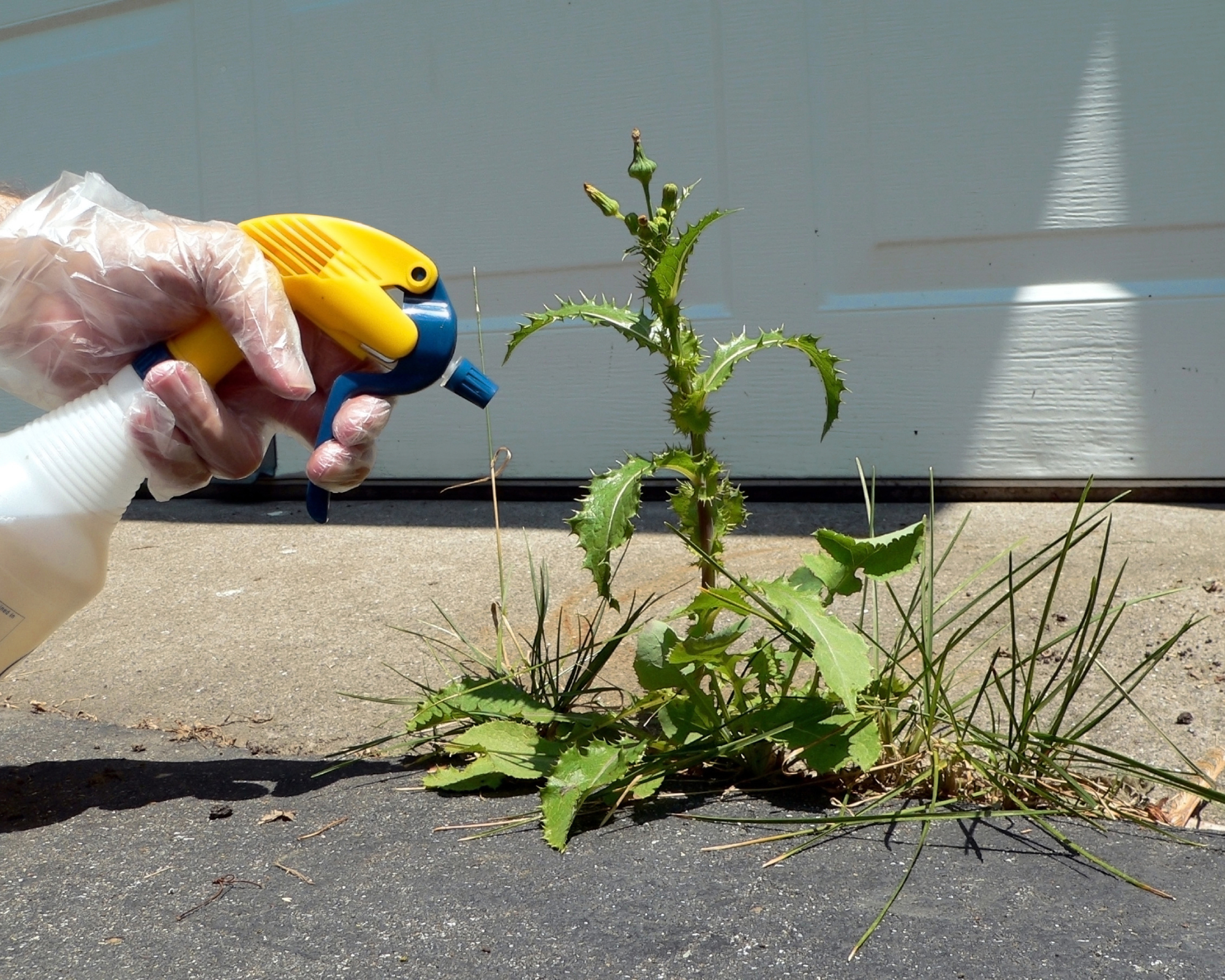
You can make a homemade weed killer using salt and vinegar. Mix 1 gallon of white vinegar, 1 cup salt, and 1 tablespoon of dish soap as a surfactant. Pour this into a spray bottle and douse the weeds. Repeat as necessary.
7. Corn Gluten
Corn gluten can control some broadleaf weeds and crabgrass. It won’t kill existing weeds, but it will inhibit germination in certain weed seeds to act as a pre-emergent herbicide. You can find organic corn gluten weed preventer at Walmart.
8. Chemical Herbicides
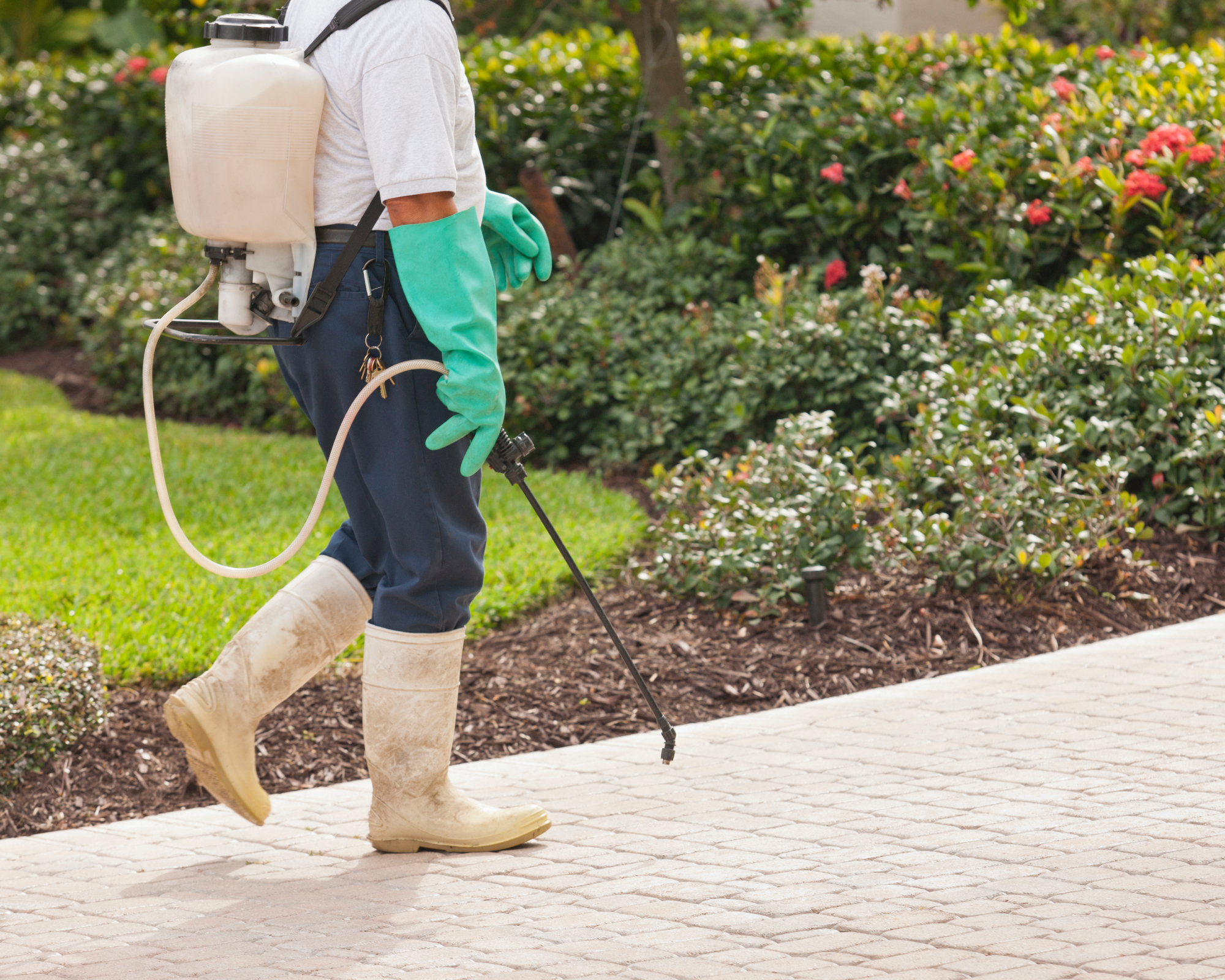
You can also use a non-selective herbicide like glyphosate that will kill a broad range of weed plants. A product like 2,4-D is considered a selective herbicide and is great to use on broadleaf plants. You should follow the manufacturer’s directions on the correct amounts to mix with water if you are using a concentrated formula.
A spray bottle may be used in small areas, but for larger spaces like a driveway, consider a backpack sprayer, which can hold a large volume of weed killer and has a long handled spray nozzle to effectively target weeds.
Be sure to wear protective clothing, only use on calm days, and never use near water, drainage, or where pets may be present. Follow the manufacturer's guidelines for use.
Getting rid of weeds between pavers is a constant battle, but hopefully some of these options will help you manage your patio weeds better.

Bonnie Grant is a professional landscaper with a Certification in Urban Gardening. She has been gardening and writing for 15 years. A former professional chef, she has a passion for edible landscaping.